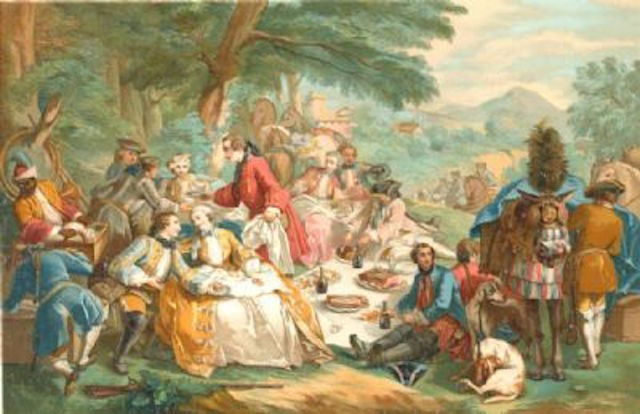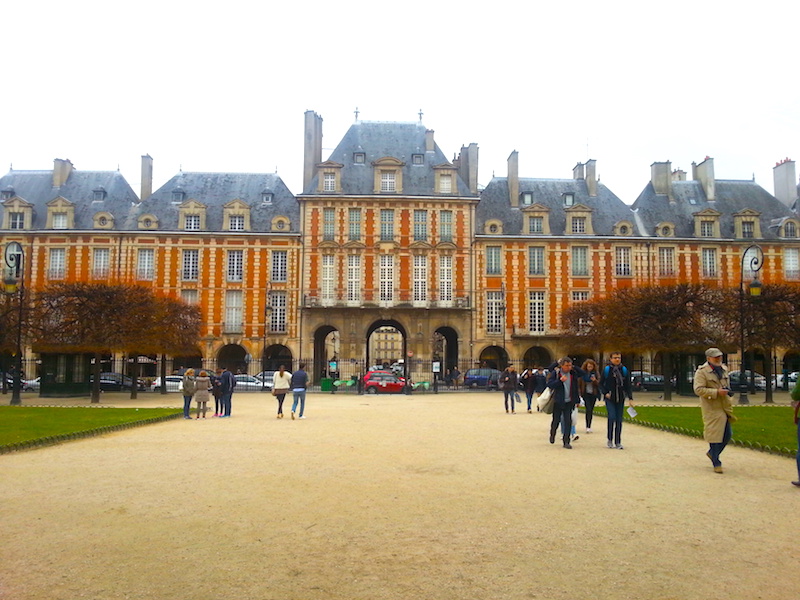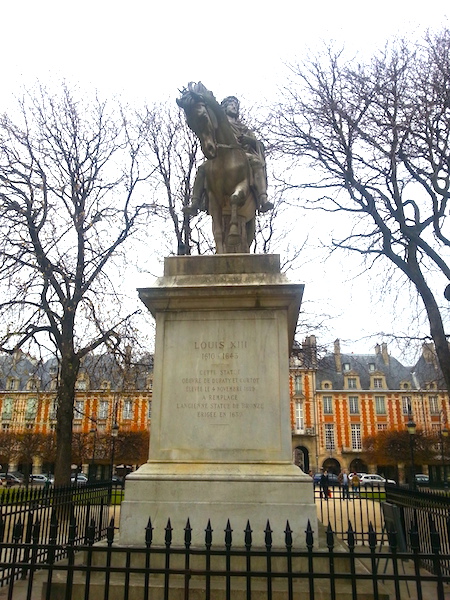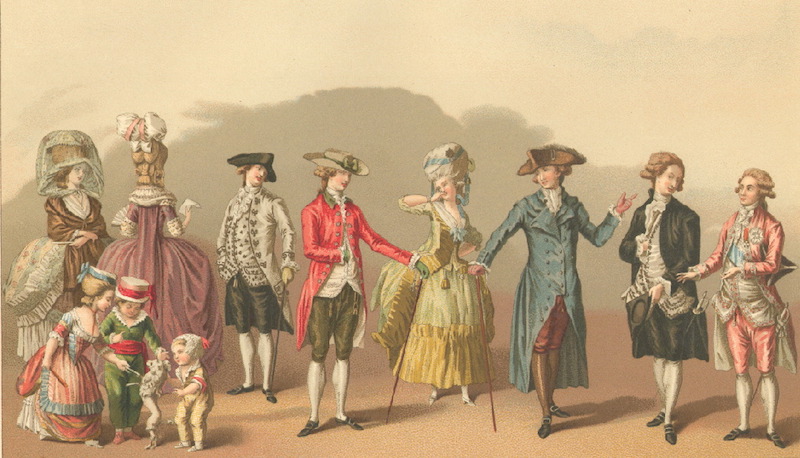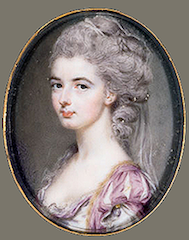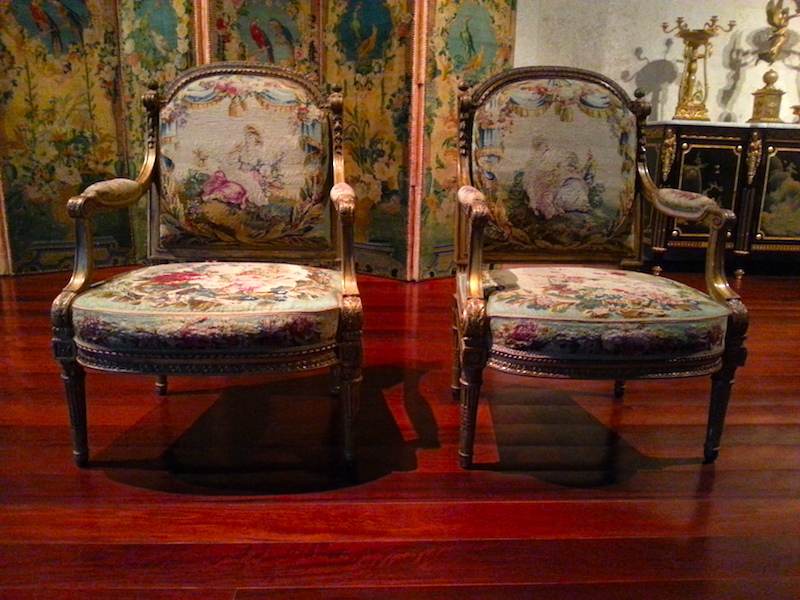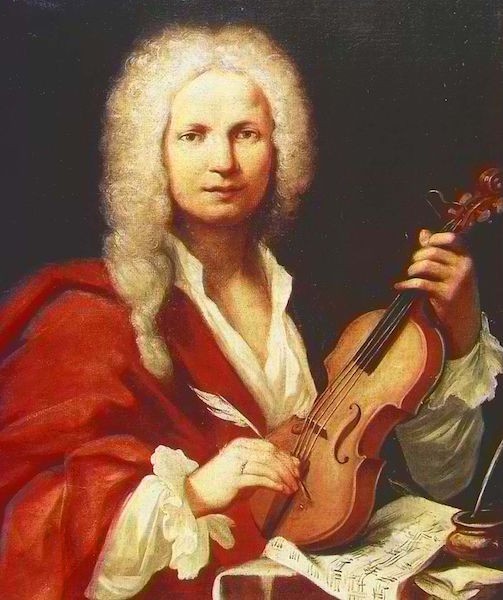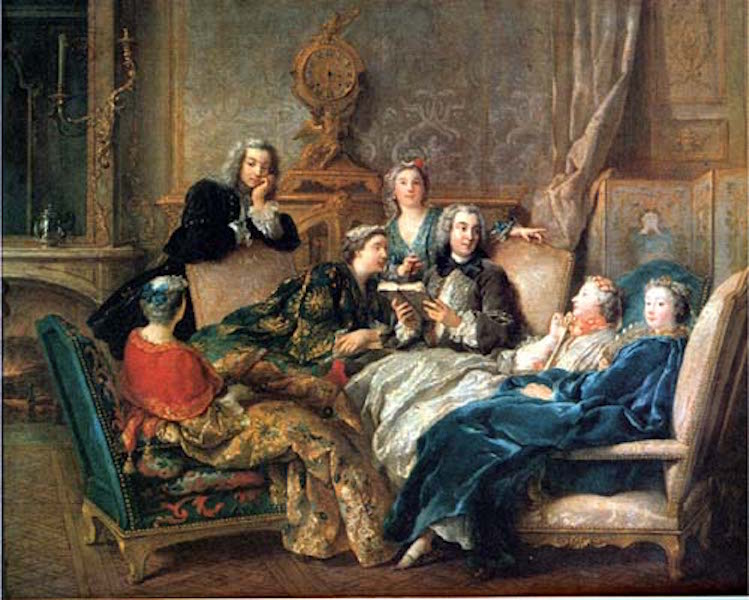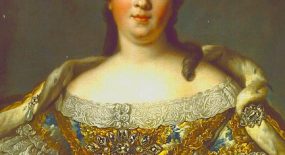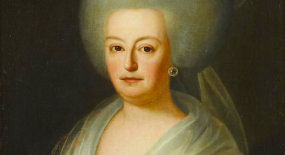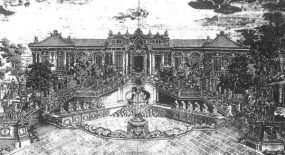La Maréchale d’Aubemer, Nouvelle du XVIIIème Siècle, or The Widow of Field Marshal d’Aubemer: A Novella of the 18th Century, posthumously published in 1867, is a novel by the author and memoirist Madame de Boigne, born Adélaïde d’Osmond (1781-1866). Mine is the first English translation, available here for the first time anywhere.
In Chapter 7, the Saveuses join the Maréchale and the Montfords — including Henri d’Estouteville, of course — in the country for Easter.
THE WIDOW OF FIELD MARSHAL D’AUBEMER: A NOVELLA OF THE 18TH CENTURY
CHAPTER SEVEN
Easter in the Country
It was the Duchesse de Montford’s custom to spend the Easter fortnight in a chateau belonging to the Crown; her husband’s position as its Keeper1 gave her the use of it, not, perhaps, the better to fulfill her obligations to the Church, but the better to avoid them conveniently. Spring came early that year, and the doctors having recommended a change of air, the Maréchale allowed herself to be talked into following her friend. The Saveuses were invited to join her. Henri d’Estouteville was there almost as a resident and visitors did not lack, as many from Paris as from the neighbourhood, which promised some very agreeable holidays. Mme de Rieux had eagerly supported her mother’s invitation to Mme de Saveuse. Like all mediocre people, she was subject to infatuations, and her passion for the Comtesse Lionel knew no bounds since, in addition to the advantage of displeasing the Princesse Simon, the Comtesse had by her kindness won the endorsement of the little Rieux.
The chateau’s company was assembled for lunch when the sound of a carriage announced new guests, and M and Mme de Saveuse were shown in. The Princesse Simon could not restrain a gesture of impatience, but after a quick appraisal of the new feminine arrival, she cast a satisfied glance at the mirror in which her elegant silhouette was reflected and recovered her good humour.


